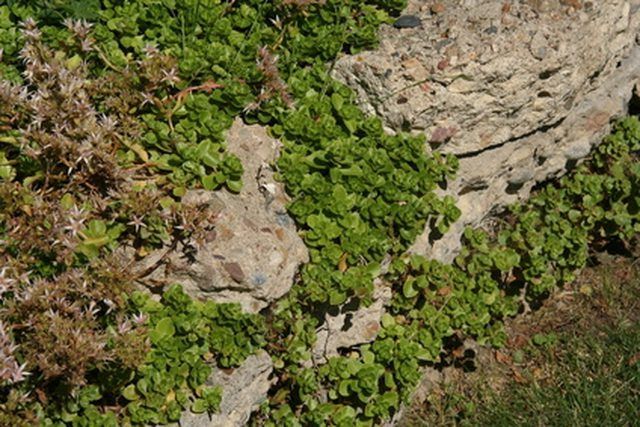Bulbs
Flower Basics
Flower Beds & Specialty Gardens
Flower Garden
Garden Furniture
Garden Gnomes
Garden Seeds
Garden Sheds
Garden Statues
Garden Tools & Supplies
Gardening Basics
Green & Organic
Groundcovers & Vines
Growing Annuals
Growing Basil
Growing Beans
Growing Berries
Growing Blueberries
Growing Cactus
Growing Corn
Growing Cotton
Growing Edibles
Growing Flowers
Growing Garlic
Growing Grapes
Growing Grass
Growing Herbs
Growing Jasmine
Growing Mint
Growing Mushrooms
Orchids
Growing Peanuts
Growing Perennials
Growing Plants
Growing Rosemary
Growing Roses
Growing Strawberries
Growing Sunflowers
Growing Thyme
Growing Tomatoes
Growing Tulips
Growing Vegetables
Herb Basics
Herb Garden
Indoor Growing
Landscaping Basics
Landscaping Patios
Landscaping Plants
Landscaping Shrubs
Landscaping Trees
Landscaping Walks & Pathways
Lawn Basics
Lawn Maintenance
Lawn Mowers
Lawn Ornaments
Lawn Planting
Lawn Tools
Outdoor Growing
Overall Landscape Planning
Pests, Weeds & Problems
Plant Basics
Rock Garden
Rose Garden
Shrubs
Soil
Specialty Gardens
Trees
Vegetable Garden
Yard Maintenance
How to Plant a Creeping Fig
How to Plant a Creeping Fig. The creeping fig (Ficus pumila) is an aggressive climber that produces delicate green leaves, commonly used in topiaries, hanging baskets and ground covers. This evergreen plant averages 40 feet at maturity, but three and four story heights are not unheard of. Creeping fig prefers planting in the rich, well-drained...

The creeping fig (Ficus pumila) is an aggressive climber that produces delicate green leaves, commonly used in topiaries, hanging baskets and ground covers. This evergreen plant averages 40 feet at maturity, but three and four story heights are not unheard of. Creeping fig prefers planting in the rich, well-drained soils of USDA hardiness zones 8 through 11. Full sun to partial shade is required for healthy leaf coloring, as well as a soil pH between 6.1 and 7.8.
Things You'll Need
Soil testing kit
Garden fork
Lime or peat moss
Soaker hose
Test your soil prior to planting. Use a soil testing kit purchased from a garden center to determine the pH.
Loosen the soil with a garden fork. Amend with lime if the pH is below 6.1 or peat moss if the soil pH is above 7.8. Apply the amendment per label instructions.
Dig holes for the creeping fig twice the width of the root balls. The depth should equal that of the root balls. Space the holes 18 to 24 inches apart.
Remove the creeping fig plants from their nursery containers. Set one creeping fig plant in each hole. Backfill the holes, patting the soil afterward to remove air pockets.
Water the creeping fig plants immediately after planting using a soaker hose. Water the creeping fig plants once a week in lieu of rain, maintaining moist soil at a depth of 1 inch at all times.
Tips & Warnings
Once established, creeping fig will only require watering during droughts.
Do not over-water the creeping fig. Standing water promotes root rot and plant disease. If the soil feels moist at a 1-inch depth, do not add more water. Instead, check back in a few days.